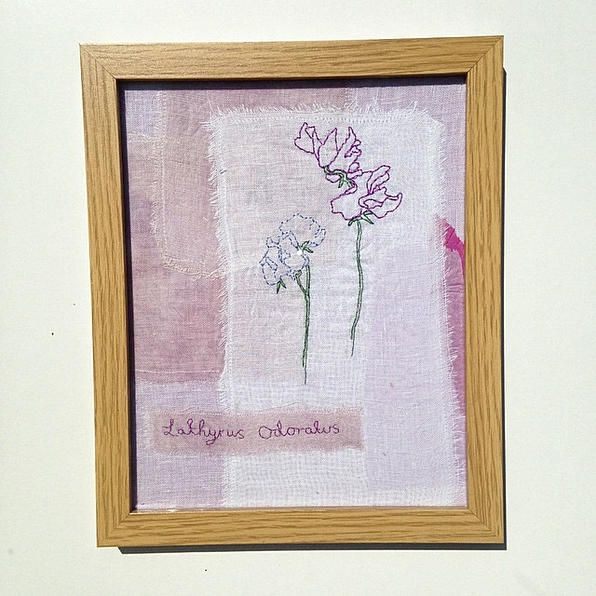As well as the installations, over the course of the weekend there was also a programme of free talks, workshops, film screenings, live music and house parties!
The Rooms was created by REACT, a creative economy hub for the South West & Wales. Supported by the Arts and Humanities Research Council, REACT invests in collaboration, cultural experimentation and creative innovation between University researchers and creative businesses.
In total there were 16 different rooms to explore, each room offered something unique, engaging and innovative, but for me there was one in particular that really stood out which was The Waiting Room.
The Waiting Room was set up as a Peruvian medical clinic where visitors were invited to enter and listen to the stories some of the 300,000 women and 25,000 men affected by Peru's mass sterilisation programme of the 1990's.
Below is an explanation about the project taken from the official website: www.quipu-project.com
"An interplay between a low-tech telephone line and a high-tech digital interface, the Quipu Project enables communities that are politically, geographically and digitally marginalised to tell their stories around the world using the internet.
Victims are able to access the free phone line and share the difficult experiences and the ensuing difficulties they had faced since they were forcibly sterilised against their will.
The phone line then operates like a web forum: the collaborators can listen to each others’ testimony and record a response, meaning they can offer each other support and solidarity, even though they live many miles apart.
In addition, the audience can record their reaction to the testimonies and upload them to the archive. These messages are translated and recorded for the contributors through the phone line, letting them know that people have listened and are supporting them and engaging in dialogue. For many collaborators this will be the first time their stories will be acknowledged outside their own communities. The testimonies are archived publicly online so that they will never be lost, ignored or forgotten.
The Quipu Project is an experiment in ‘living’ documentary – a story that continues to grow and evolve after its “release” online. This approach allows the story to emerge organically and to continue telling itself, as the contributors and people around the world listen and respond to each other. The open-ended structure also reflects the fact that, for the collaborators, this remains a story without an ending until justice is achieved.
From the start, the Quipu Project was developed in partnership with people in Peru who were sterilised. They are our collaborators, in a project created with them, not for them.
The aim of the Quipu Project is to shine a spotlight on the sterilisations by bringing the collaborators’ testimonies to a wider audience. The hope is that this will become a useful tool in the campaign for recognition and reparation."
Consent was often manipulated or not obtained, and there are accounts of people being coerced, forced by medical staff, or sterilised without their knowledge while in hospital for another procedure. Many survivors still suffer physical and emotional trauma and suffering.
Listening to the testimonies of the victims in The Waiting Room was both harrowing and extremely moving, it is almost unbelievable that such a cruel scheme could have happened just 20 years ago. In spite of how difficult it may be to listen to the men and women who have contributed to The Quipu Project, it is a great step towards spreading awareness and acknowledged about the pain they have endured and finally give the victims a chance to voice the injustice of the situation.
If you would like to read more about the Quipu Project and listen to the testimonies you can visit the website here
Why Quipu?
Quipus are ancient systems of threads and knots that are thought to have been used by the Incas to keep records in their predominantly oral culture . The cords were made from cotton, llama or alpaca hair and were used for everything from tax and census-keeping to storytelling, where the threads and knots were prompts for memory and language.







































